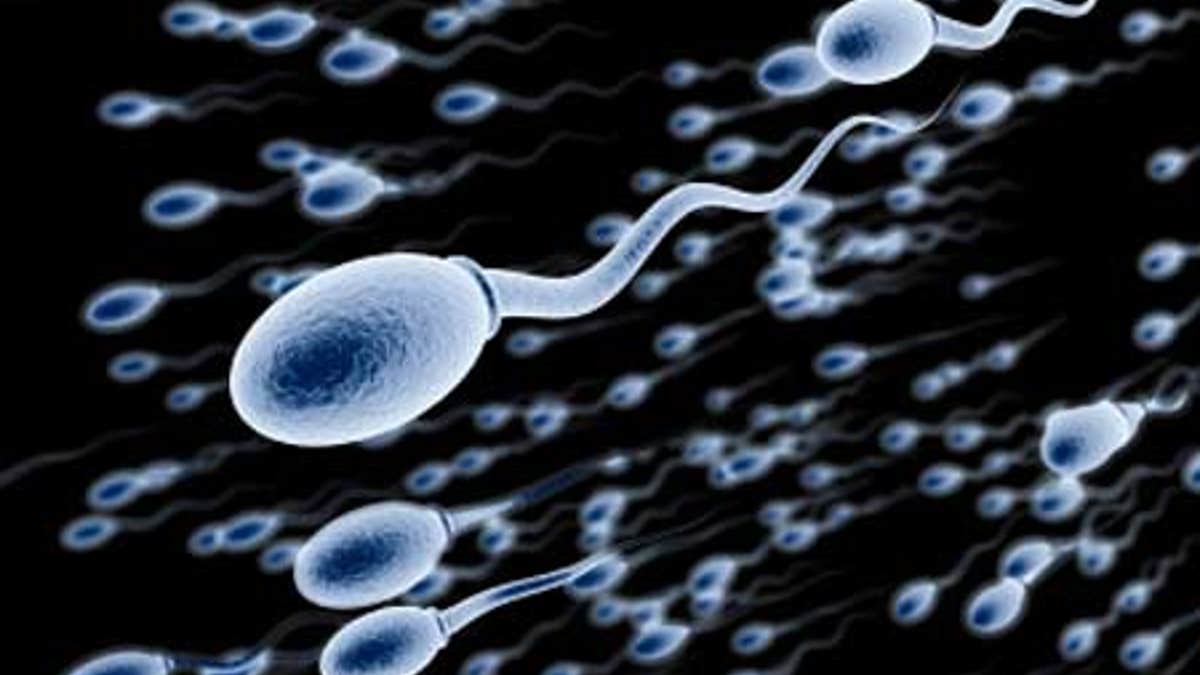
Couples with higher levels of certain mostly banned chemicals, such as PCBs, in their blood took longer to get pregnant than couples with lower levels, according to a National Institutes of Health study released Wednesday.
Researchers at NIH and other institutions conducted a study involving 501 couples to look at whether exposure to chemicals and lifestyle affect fertility. Previous results from the study showed high levels of lead and cadmium were also linked to pregnancy delay.
Results examining exposure to PCBs, or polychlorinated biphenyls, and chemically similar pollutants are being published online in the journal Environmental Health Perspectives.
PCBs are chemicals that have been used as coolants and lubricants in electrical equipment and are found in soil, water and in the food chain, especially in animal fat. PCBs were banned in the U.S. in 1979, according to the U.S. Environmental Protection Agency, but they don't easily break down and are still found in the environment.
Researchers also looked at similar classes of chemicals, including flame-retardants that had been used in clothing, furniture and carpets, and chemicals that had been used in nonstick cookware.
The study's lead author, Germaine Buck Louis, said that though the production of most of the chemicals looked at in the study has stopped, nearly everyone has measurable levels of them in their blood. She is a division director at the Eunice Kennedy ShriverNational Institute of Child Health and Human Development, part of NIH.
People concerned about PCBs can either avoid meat or just trim off the fat, though it is nearly impossible to avoid all chemical exposure, Louis said.
Studies of the chemicals in animals suggested they affect fertility, but most past human research on the chemicals focused on women who were already pregnant.
To conduct the NIH-led study, the researchers enrolled 501 couples in Michigan and Texas from 2005 to 2009 who were trying to get pregnant. The women in the study were between 18 and 44 years old, and the men were 18 and older.
Couples provided blood that was tested for PCBs and another group of chemicals known as perfluorochemicals, or PFCs. Both men and women kept daily journals to record the amount of sex they had, monthly menstrual cycles and lifestyle factors like diet and exercise. The couples were followed until pregnancy or for up to one year of trying.
The study showed 347 couples became pregnant, while 154 either didn't become pregnant after a year or dropped out of the study.
Researchers looked at 63 chemicals. Louis said they found five chemicals in women and 12 chemicals in men were associated with a delayed time-to-pregnancy of about 20 percent per menstrual cycle, which is about the same amount seen in smokers. Researchers adjusted for other factors that could influence the time it takes to get pregnant, such as age and cigarette smoking.
Click here to read more on this from The Wall Street Journal.
